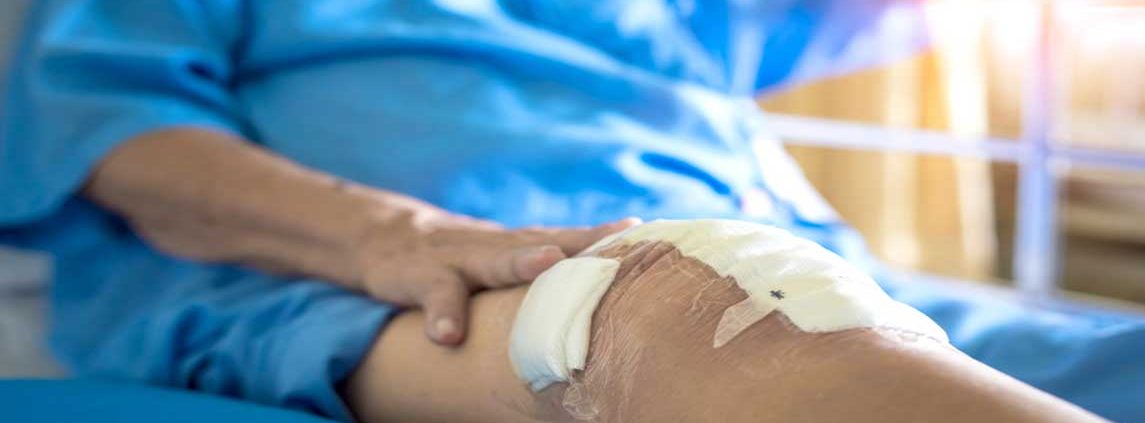
How Jeans Can Help Create Cartilage For Joint Reconstructions
As a leading fabric engineering company specialising in technical textiles for the medical field and beyond, Biomed is dedicated to providing up to date, industry-relevant news and advancements. Most recently, scientists at Deakin University in Melbourne have developed an innovative textile recycling method that not only tackles textile waste but may contribute to the development of artificial cartilage for joint reconstructions. It’s breakthroughs such as these which are revolutionising medical fabrics and technical textiles within the fabric manufacturing industry.
What are medical textiles?
Medical textiles are various forms of fabric which have been designed and produced for use within the medical industry. Such medical grade fabrics have a variety of applications and are currently used to create linen, upholstery, curtains and more. In fact, at Biomed, we are well known for using hypoallergenic, medical grade textiles to create CPAP accessories and supplies. However, a 2010 study also noted that medical textiles provide immense benefit for implantable applications, which has gained significant traction in recent years.
Innovative Medical Textile Advancements
In August 2018 it was revealed by a News Corp publication that researchers at Deakin University from Deakin’s Institute of Frontier Materials (IFM) and the School of Engineering, discovered a way to transform worn out jeans to create artificial cartilage for worn out knees and other joint reconstructions. Their research determined a way to dissolve denim to create a lightweight aerogel substance that can be utilised to create cartilage, necessary for the repair of damaged joints.
In fact, this revolution can be highly beneficial to the medical industry with some reports stating that knee or hip replacement surgery in Australia has risen up to 60% over the last 10 years. It is also predicted that as a result of Australia’s aging population and the prevalence of obesity that these joint replacement surgeries will only become even more popular and necessary in the future. As a result, medical grade textiles, such as those developed by Deakin University researchers will become more important for orthopaedic use.
Before manufacturing medical textiles for implantable use, it is imperative to ensure the structure mimics the bodies natural biomechanics, resulting in an optimal transition from the natural damaged tissue to a foreign object. In this instance, Deakin’s material had strong similarities to natural cartilage, making it a viable option for joint replacements. It is also essential that medical grade textiles used in the manufacture of cartilage and other implantable devices are biocompatible to ensure patients have safe interaction with the material.
As a medical fabric manufacturing company, we are dedicated to staying up to date with industry advancements and innovative ideas. To learn about the variety of potential applications of hypoallergenic and antibacterial medical textiles, please do not hesitate to contact the professional Biomed team on (02) 9758 3855.
Source: Deakin University




